Drywall AlternativesDrywall is also known as plasterboard, wallboard, sheetrock, buster board, gypsum board, and custard board. Interior walls and ceilings are constructed using drywall. This is affordable and simple to find in the market. If a user wants to use any other item than drywall, then many drywall alternatives are available. The drywall alternatives are described below: 1. Barnwood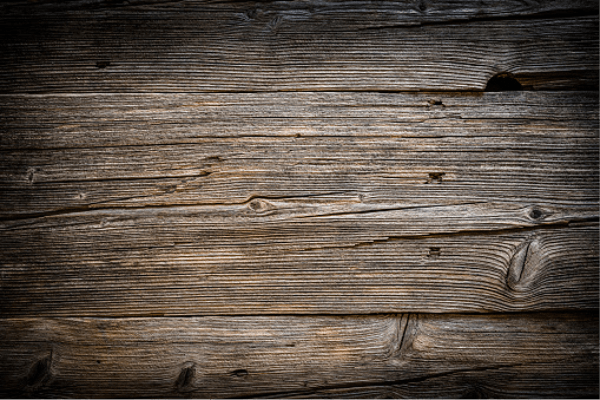
This is the best substitute for drywall, and Barnwood is a fantastic choice to generate a rustic look. The most authentic appearance is provided by reclaimed wood, which can be costly and difficult to find. Barnwood is produced in a variety of shapes and textures and is often affordable, simple to install, and washable. Pros:
Cons:
2. Stone Veneer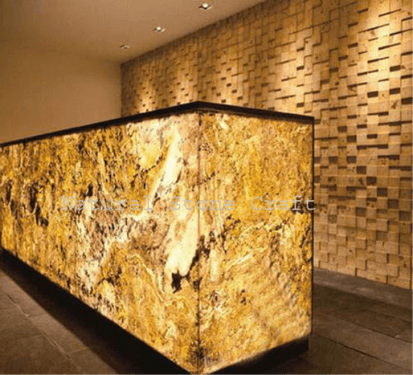
This is another ideal substitute for drywall. This is more affordable, lighter, and portable than natural stone. Stone veneer is less durable than stone, and it requires little maintenance. It is offered in a variety of designs and colours, like Desert Sunrise. Stone veneer is popular as a backsplash or around fireplaces since it looks great in rustic settings. Pros:
Cons:
3. Faux Brick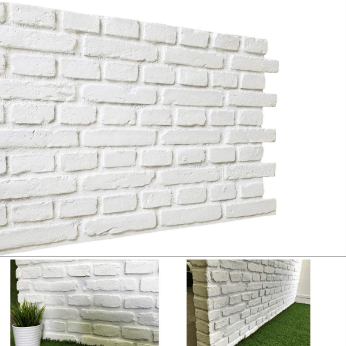
It is suitable for achieving a rustic or industrial feel. Natural brick also provides a rustic or industrial feel, but it is time-consuming and masonry work. So an affordable, simple-to-install alternative for it is faux brick. The faux brick panels are inexpensive, it comes in a variety of styles and colours, like the classic red brick. However, most faux brick is water-resistant. 4. 3D Panels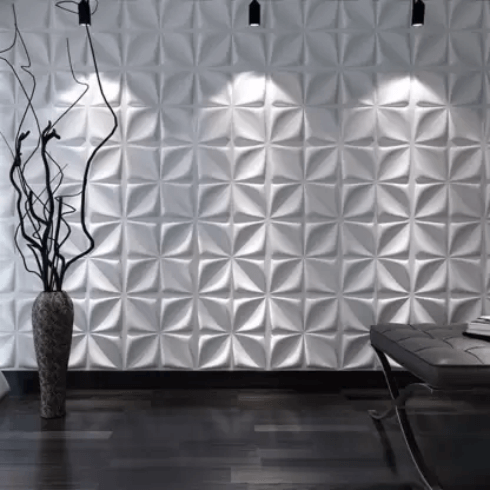
The elegance and attractiveness of your home are greatly enhanced by texture wall panels. This panel is frequently used in upscale cocktail clubs and delightful hotels. The 3D textured panels are comparatively simple to install and can be attached directly to the top of your current walls. 3D wall panels come in a variety of styles, and you can paint them to match your decor. Its material is strong, light, affordable, and water-resistant. Since they are not heat-resistant, they should not be used in the kitchen or near a fireplace. 5. Rammed earth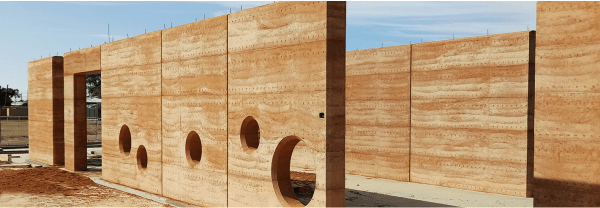
Rammed earth construction is a method for constructing walls, floors, and foundations entirely from natural raw materials. Natural raw materials, such as compacted soil, are used in rammed earth construction and Gravel is used to construct foundations, floors, and walls. Although this method dates back to ancient times, it has been modified by using precast panels. These panels particularly attract eco-friendly builders as they are naturally durable, insulating, and lengthy. Pros:
Cons:
6. Shiplap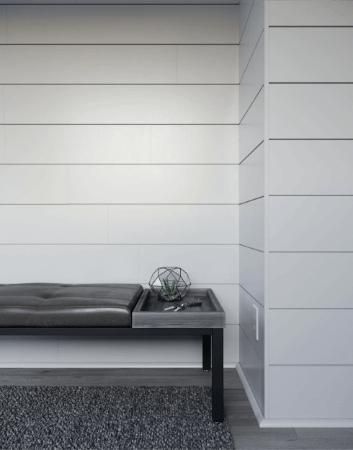
This type of wood board is used for exterior siding on homes, barns, sheds, and outbuildings. The name "shiplap" comes from an old ship-building technique. Modern contractors utilize a variety of wood panels to mimic shiplap. It is simple to install and works well to keep rooms warm and dry. However, shiplap does not have any kind of design, but it can collect dust in the gaps. The external shiplap help to protect the house's frame. Shiplap is a versatile, affordable solution for interior decorating. It only costs $ 2.50 to $ 7 per sq foot. Pros:
Cons:
7. Wood Planks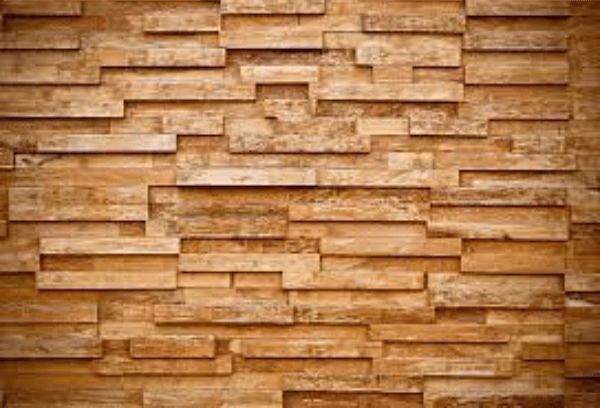
Wood planks are an age-old drywall alternative. The wood planks give your home an elegant and rustic feel without the maintenance issues that come with traditional drywall. Pros:
Cons:
8. Veneer Plaster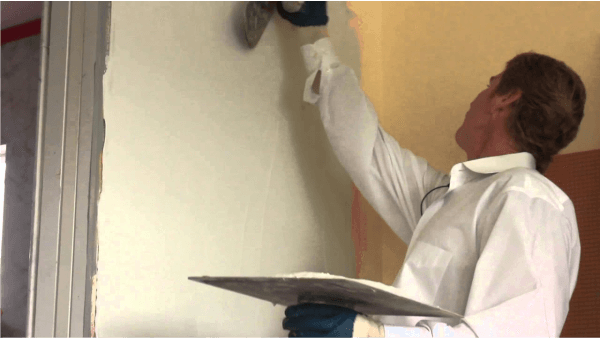
Veneer plaster is similar to mudding the entire wall's surface, and veneer plaster are simpler to use than drywall. This type of decoration is popular in dry states (desert regions), such as Arizona and Rajasthan, and it is influenced by adobe architecture from Mexico. While drywall has joints, plaster is a continuous surface that gives it a smoother look & making it a superior surface for painting. The installation of veneer plaster takes less time; however, it is more costly and may be more difficult to fix. Plaster is applied in a layer over a substrate to create veneer plaster. Gypsum board is most commonly used to make it similar to drywall. It is much tougher than drywall, that's why it is more damage resistant, mould-resistant, and also more durable. 9. Cork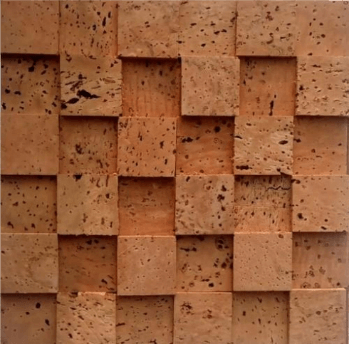
This is another ideal substitute for drywall. Cork is more waterproof than other flooring types. It is available in various styles, thicknesses, and colours. It is inherently fire- and moisture-resistant. It is offered in rolls or tiles. Pros:
Cons:
Next TopiceBay Alternatives
|
 For Videos Join Our Youtube Channel: Join Now
For Videos Join Our Youtube Channel: Join Now
Feedback
- Send your Feedback to [email protected]
Help Others, Please Share









